False Freesia Plant Care – Information On Planting False Freesia Corms
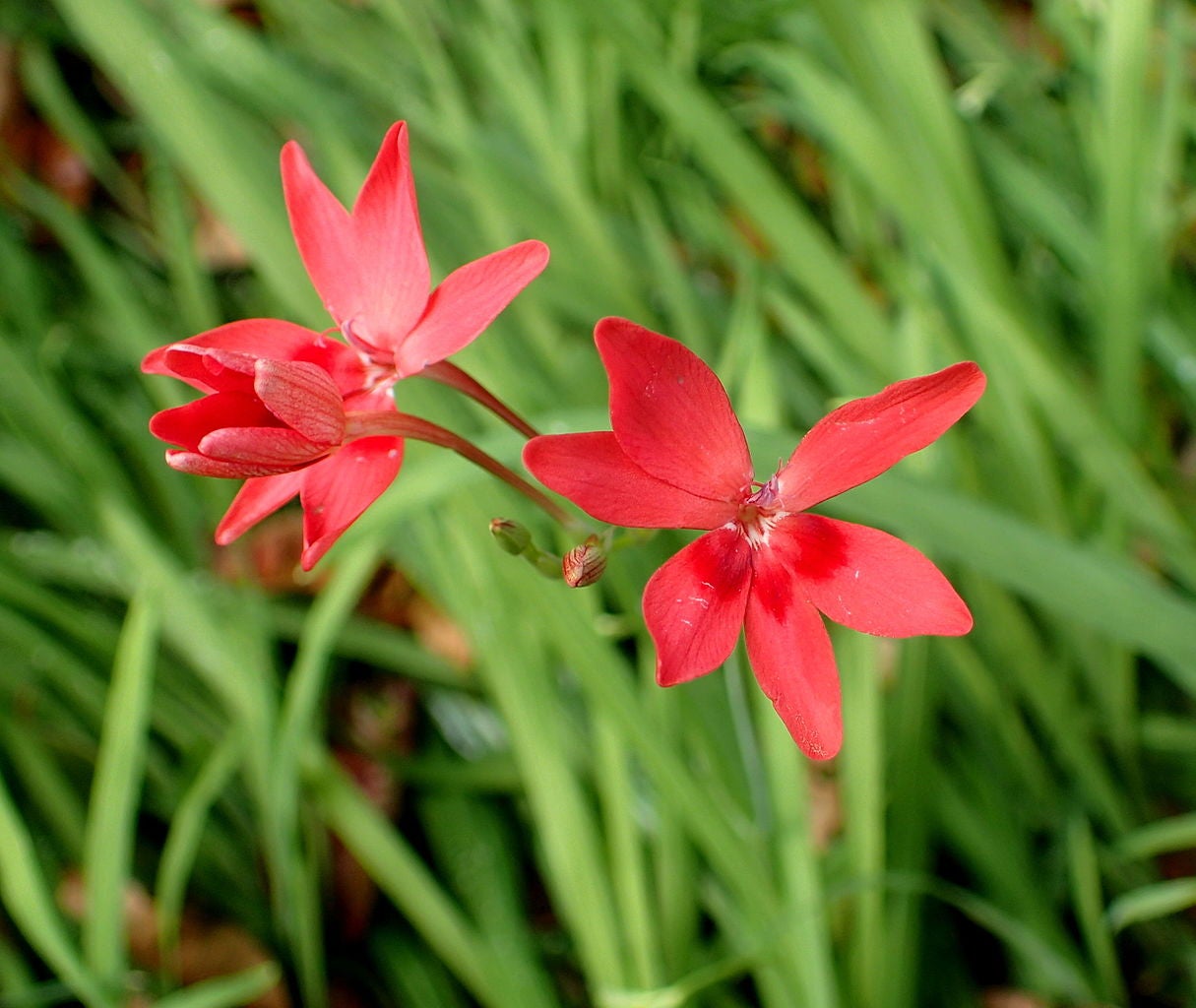

If you like the look of freesia flowers but wish you could find something similar that wasn't quite so tall, you're in luck! False freesia plants, a member of the Iridaceae family, can add a bright splash of red to the garden in late spring and early summer. Its shorter stature makes it ideal for borders and rock gardens. Plus, false freesia plant care is relatively easy! Learn how to grow false freesia in your garden.
What is False Freesia?
Also called scarlet freesia, false freesia plants have had various taxonomical classifications, including Lapeirousia laxa, Anomatheca laxa, Anomatheca cruenta, and Freesia laxa. This African native grows in a clump with spiky iris-like leaves. False freesia leaves stay around 8 inches (20 cm.) tall.
False freesia produces a cluster of six trumpet-shaped flowers per stem. Flower color can vary from white to shades of pinks and reds, depending on the variety. Blooms usually reach a height of about 12 inches (31 cm.).
How to Grow False Freesia Plants
False freesia plants prefer full sun and are winter hardy in USDA zones 8 to 10. In these areas, planting false freesia corms in the fall is recommended. Sow the corms to a depth of 2 to 4 inches (5-10 cm.). False freesia can readily propagate from seeds and can become prolific to the point of being invasive. When needed, divide false freesia in the spring.
When planting false freesia corms outside of zones 8 to 10, they can be grown as annual garden flowers or in containers. Plant the corms in early spring. In the fall, bring containers inside or dig up the bulbs and store overwinter in a dry environment at a temperature of approximately 50 degrees F. (10 C.).
False freesia plants can also be started indoors from seeds and transplanted into the garden. Seed germination can take several weeks, so it's recommended to start seeds two to three months before the final frost. Seeds form after flowering and can be collected by drying mature seed pods. Fresh false freesia seeds are bright orange or red in color. When starting false freesia from seeds, sow seeds to a depth of 1/8 inch (3 mm.).
False Freesia Plant Care
False freesia plant care is fairly simple with no reported issues from insects or disease. It's a drought resistant flower, but requires moist, well-drained soil during its growing and blooming stages.
Gardening tips, videos, info and more delivered right to your inbox!
Sign up for the Gardening Know How newsletter today and receive a free copy of our e-book "How to Grow Delicious Tomatoes".
After blooming, false freesia plants enter a period of dormancy and the leaves die back. During dormancy, it prefers a drier substrate.
False Freesia Subspecies and Varieties
- Freesia laxa ssp. laxa – This is the most common subspecies. It flowers in late spring to early summer. Blossoms are bright red with darker red blotches on the bottom petals.
- Freesia laxa ssp. azurea – This blue flowering subspecies is a native of coastal regions where it grows in sandy soil.
- Freesia laxa 'Joan Evans' – A white flowering variety that has crimson splotches.
- Freesia laxa 'Alba' – A solid white flowering variety.
- Freesia laxa 'Sara Noble' – This lavender colored variety resulted from a cross between subspecies laxa and azurea.

Laura Miller has been gardening all her life. Holding a degree in Biology, Nutrition, and Agriculture, Laura's area of expertise is vegetables, herbs, and all things edible. She lives in Ohio.
-
 Looking For Plants To Give You The Soft And Fuzzies? Try These 5 Fuzzy Leaf Plant Options
Looking For Plants To Give You The Soft And Fuzzies? Try These 5 Fuzzy Leaf Plant OptionsLovers of texture, drama, silver foliage and tactile plants will adore these special sensory garden additions. These fuzzy leaf plant options will leave you all aglow
By Susan Albert
-
 Get Ready For A Summer Of Hummers! Grow These Full Sun Hummingbird Plants and Flowers
Get Ready For A Summer Of Hummers! Grow These Full Sun Hummingbird Plants and FlowersIf you’re lucky enough to enjoy a sunny backyard, make sure you are maxing out on your pollinator opportunities and grow these full sun hummingbird plants and flowers
By Tonya Barnett
-
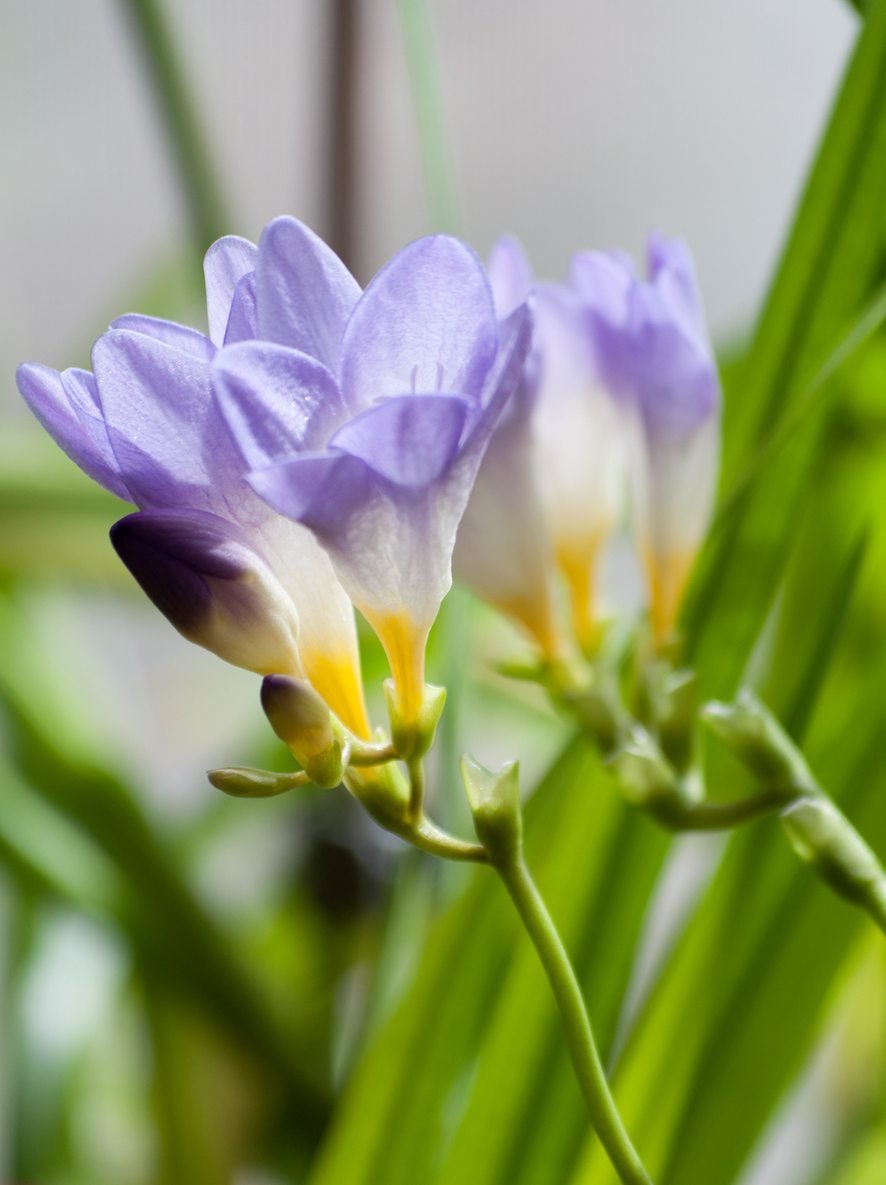 Collecting Freesia Seeds : Learn How To Harvest Freesia Seeds
Collecting Freesia Seeds : Learn How To Harvest Freesia SeedsFreesia can be started with seed. Just be aware, seed may not give a plant that is true to the parent, and it may take several years before you see the first flowers. However, gathering seeds from freesia is easy. Learn how to harvest freesia seeds here.
By Bonnie L. Grant
-
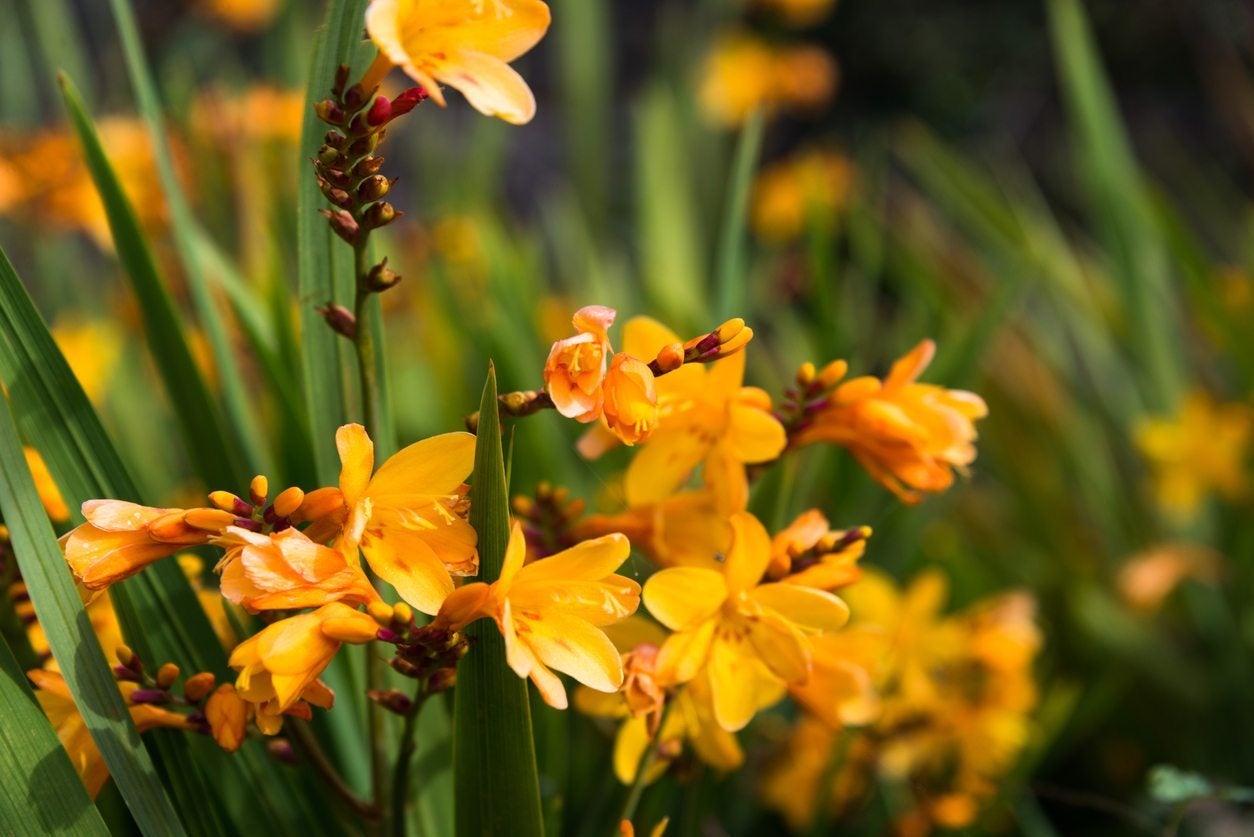 Trouble With Freesia Plants: Learn About Freesia Diseases And Pests
Trouble With Freesia Plants: Learn About Freesia Diseases And PestsCarefree freesias in a garden space are a wonderful addition, but nothing in the plant kingdom is truly without worry. A few common problems plague freesias, but many are simple to deal with if you're armed with the right knowledge. Learn about freesia troubles here.
By Kristi Waterworth
-
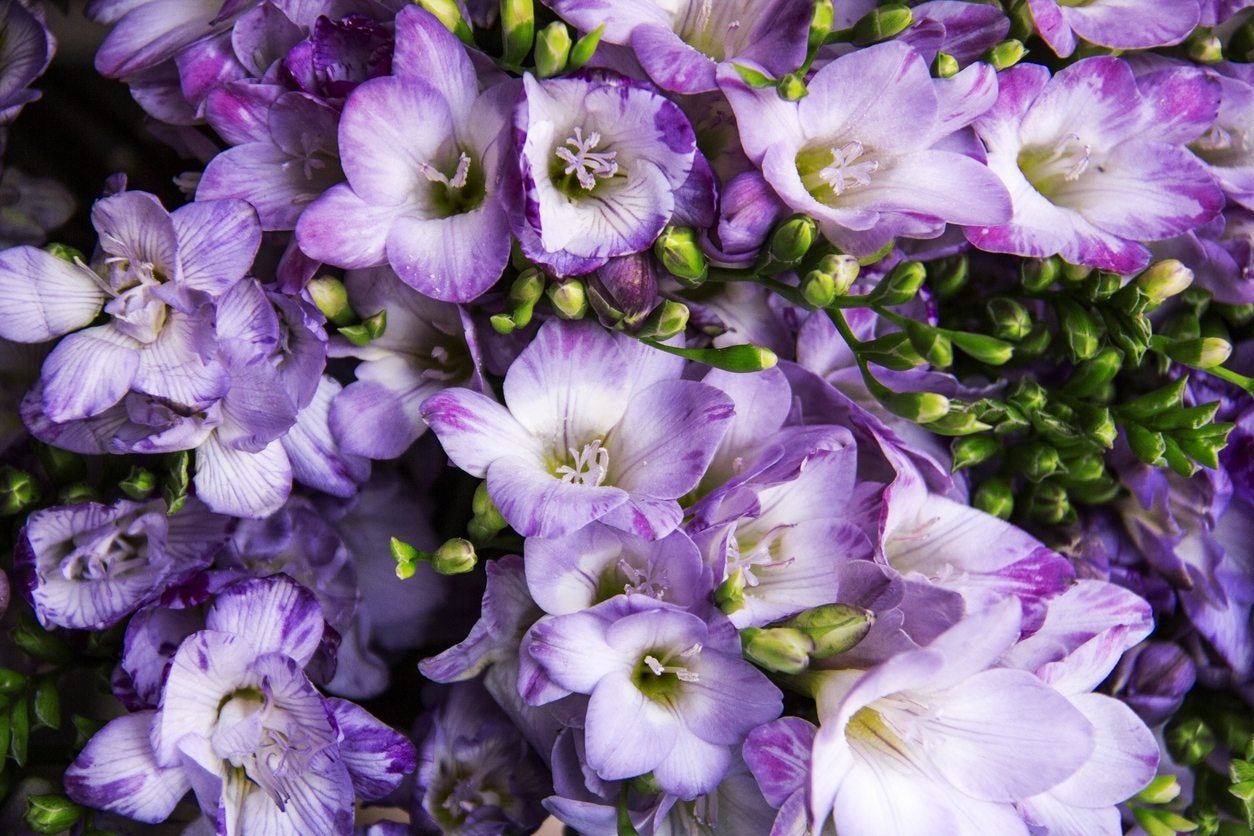 No Flowers On A Freesia: How To Get Blooms On Freesia Plants
No Flowers On A Freesia: How To Get Blooms On Freesia PlantsWhen a freesia won't bloom, it can be frustrating but there are several possible reasons for this, and many of them can be easily corrected. Find tips in this article on how to get blooms on freesia so you can get on your way to growing these scented beauties.
By Bonnie L. Grant
-
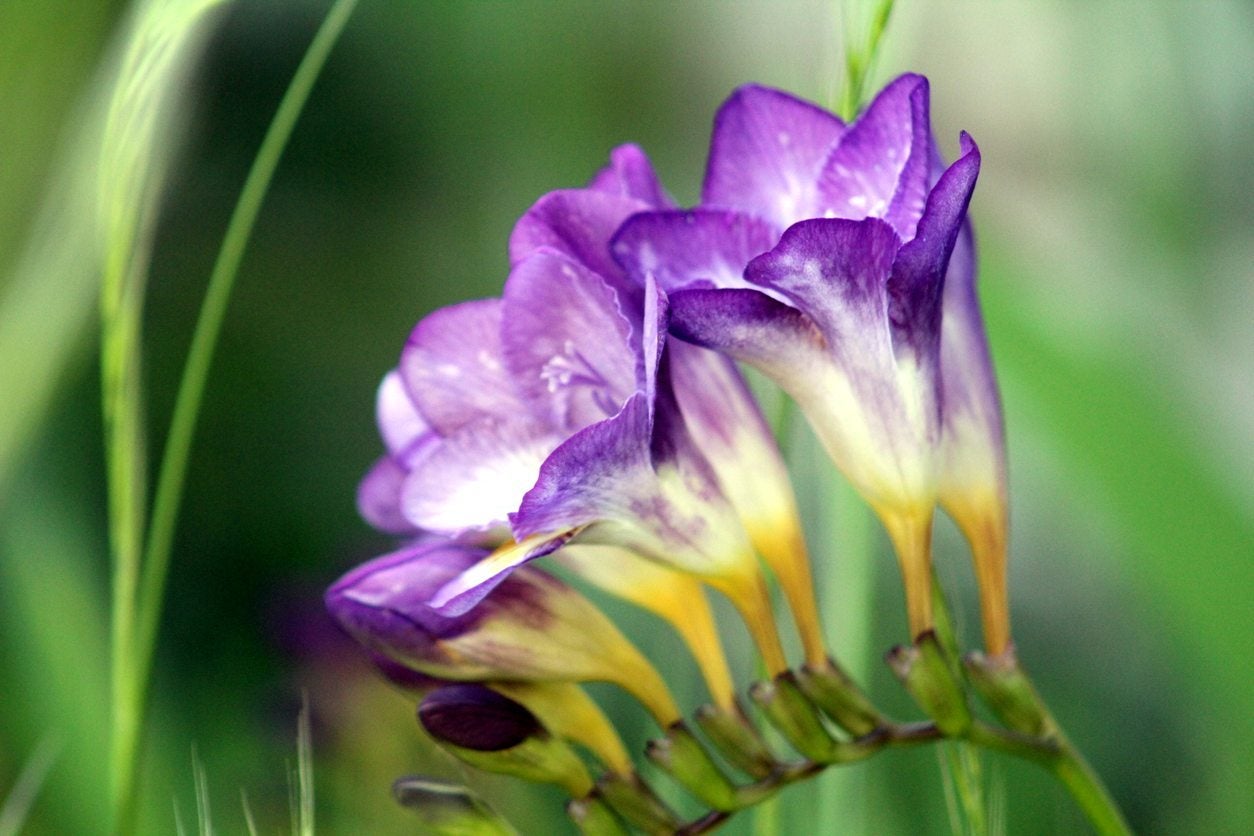 Caring For Freesias: Guide To Freesia Care In The Garden
Caring For Freesias: Guide To Freesia Care In The GardenIn order to properly grow freesia in the garden, it is important to mimic its native habitat. If you're looking for a long lasting flower for a cutting garden, click the following article to learn about freesia growing requirements.
By Darcy Larum
-
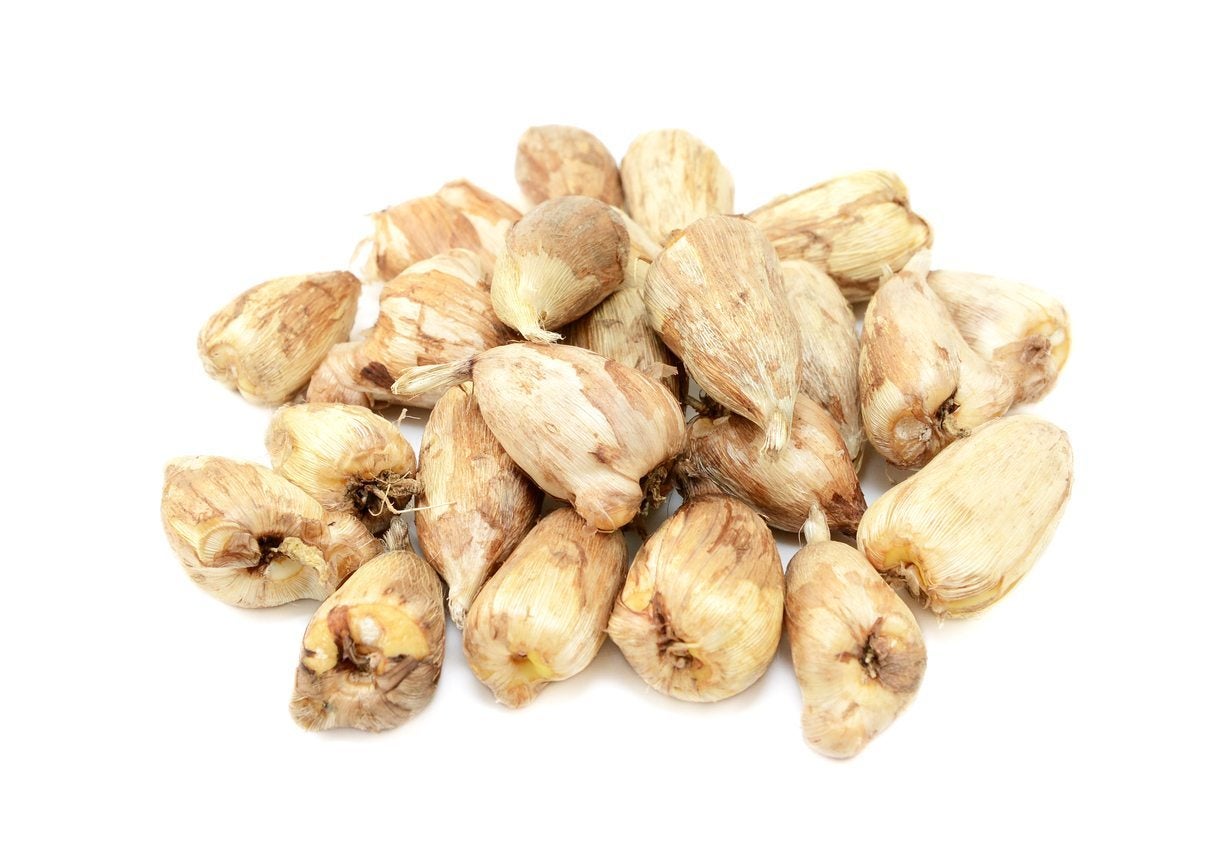 Propagating Freesias: Methods For Starting Or Dividing Freesia Plants
Propagating Freesias: Methods For Starting Or Dividing Freesia PlantsFreesias are beautiful, fragrant flowering plants that have a well deserved place in plenty of gardens. But what could be better than one freesia plant? Lots of freesia plants, of course! Learn more about how to propagate a freesia in this article.
By Liz Baessler
-
 Caring For Forced Freesias – How To Force Freesia Bulbs
Caring For Forced Freesias – How To Force Freesia BulbsCan you force freesia bulbs to bloom indoors? Yes you can! Click here to learn how to make the process a breeze.
By Bonnie L. Grant
-
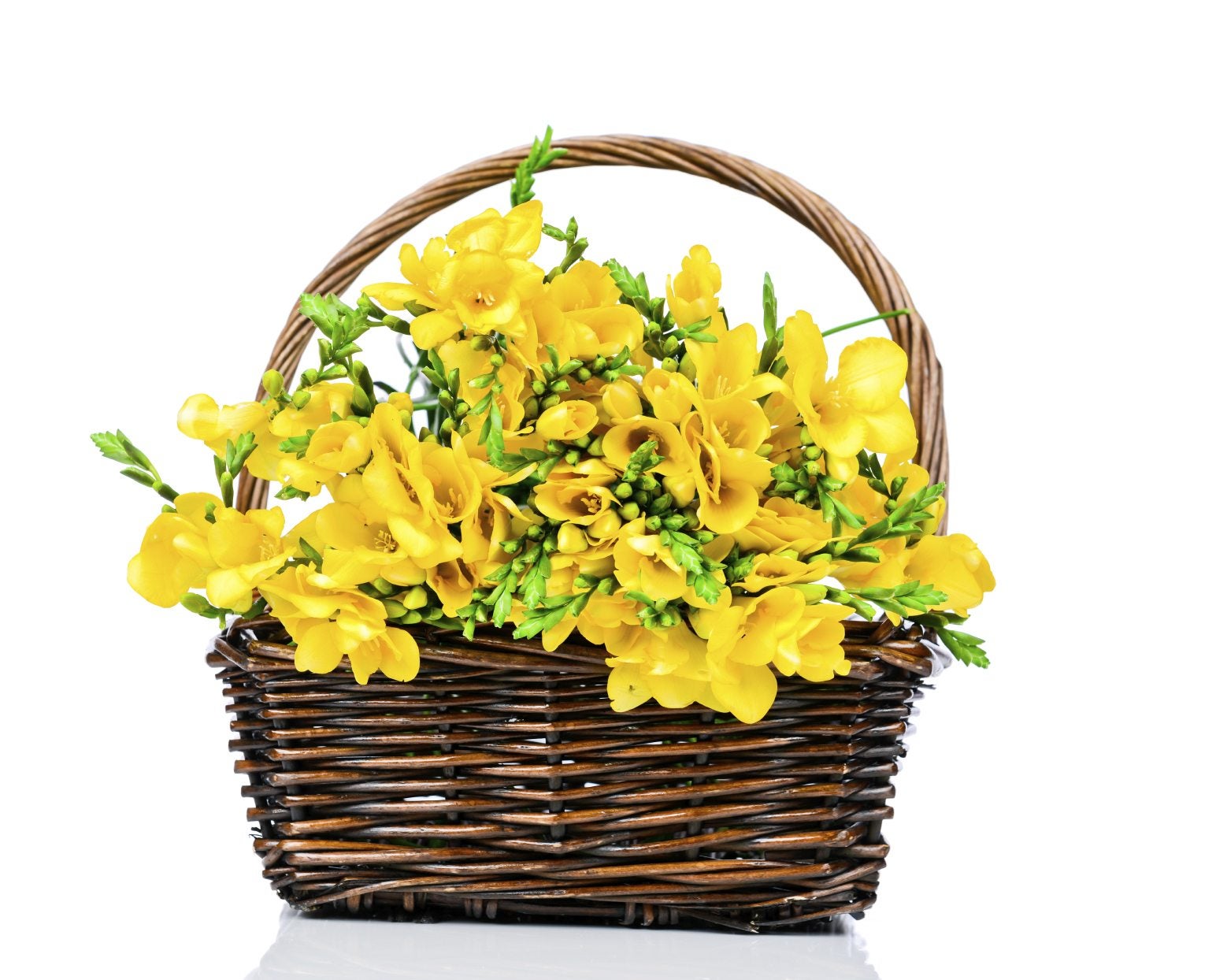 Freesia Container Care: How To Grow Freesia Bulbs In Pots
Freesia Container Care: How To Grow Freesia Bulbs In PotsFreesias are ideal for gardens and flower arrangements, but they're also very well suited to being grown in containers. Click on the following article to learn more about how to grow freesia bulbs in pots.
By Liz Baessler
-
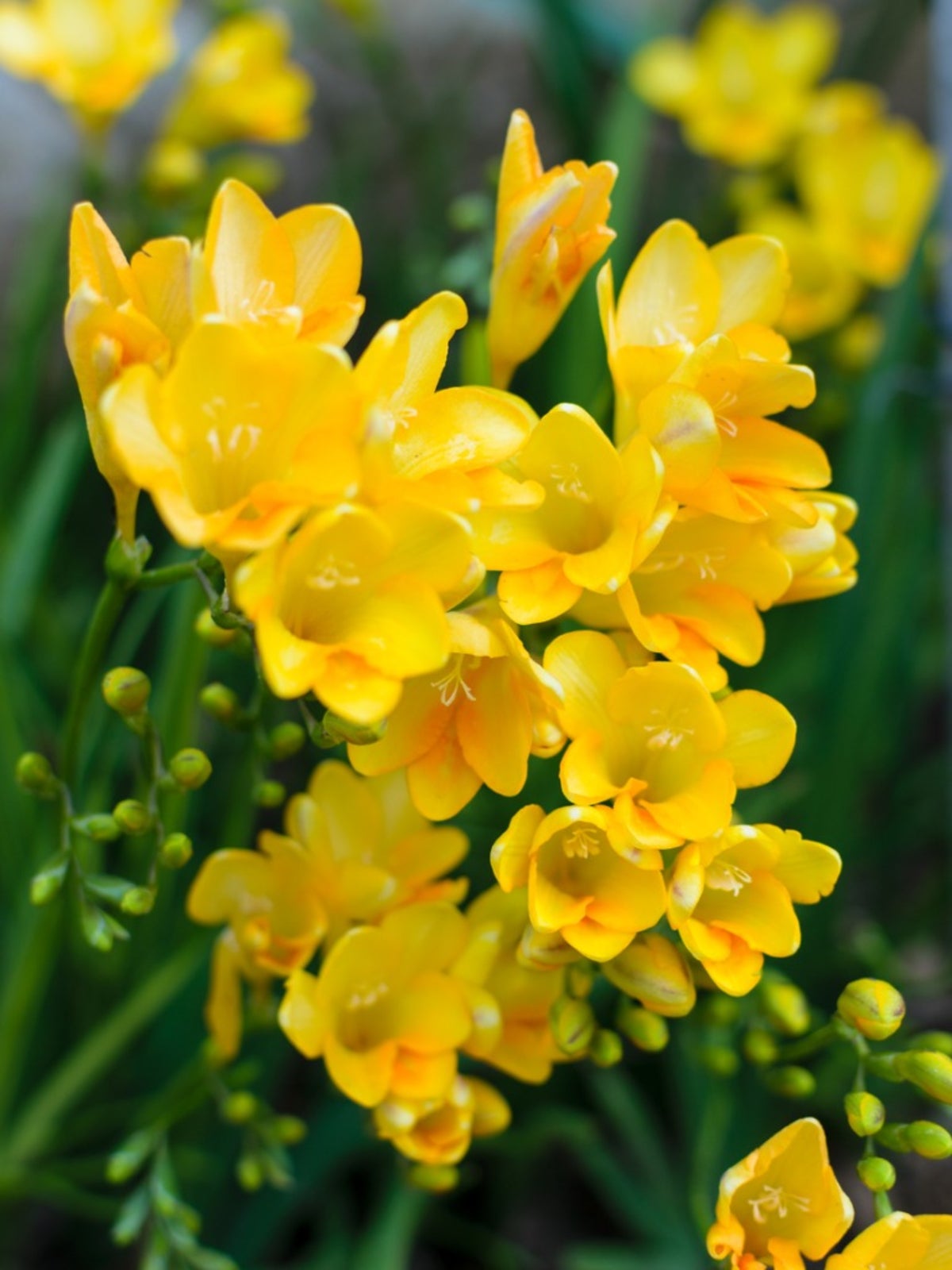 Freesia Bulb Plant: When And How To Plant A Freesia Corm
Freesia Bulb Plant: When And How To Plant A Freesia CormA wide range of colors and an alluring floral fragrance make freesia hard to resist. The freesia bulb plant is easy to force indoors on sunny windowsills, or plant them in the garden. This article has more info.
By Jackie Carroll